Processes - Printmaking
I have incorporated aspects of printmaking into many areas of my output, as well as having established a print studio dedicated to the editioning of woodcuts, etchings and photopolymer prints. My interest is in printmaking offering ways of producing marks upon a surface that cannot be achieved in other mediums.
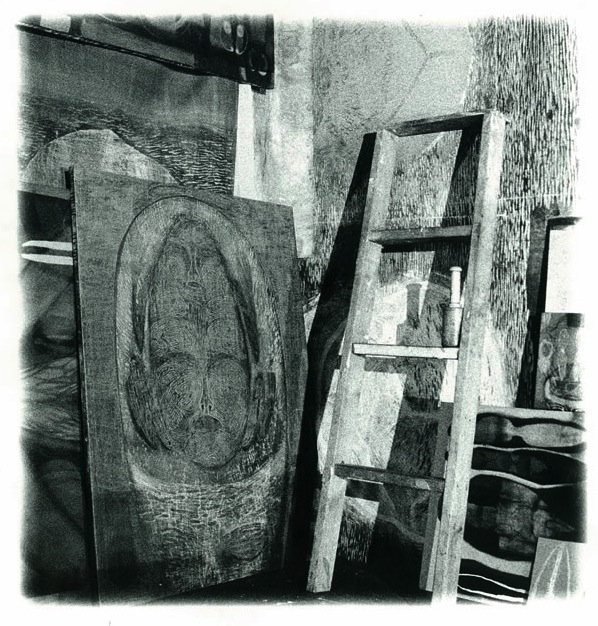
I enjoy the detachment throughout the process, until the eventual emergence of the image and the unpredictability that comes with that sense of remove. I am excited by the image that is achieved at the end of printmaking—how it arrives suddenly, as a kind of flat projection onto a surface, acknowledging that two-dimensionality.
In the final act of printmaking, the image is lifted from the hand as if by magic, a direct transference of information from one material to another, like a spell cast between two bodies.
From the beginning of my professional career I have produced large-scale woodcuts on the floor of a studio; these are then printed by hand upon heavy paper or, at other times, incorporated within the surface of paintings on linen. The woodcuts are produced with rough, industrial sheets of plywood. I use open-gouge chisels and a mallet to cut the marks and machine tools to score the surface in more fluid ways.
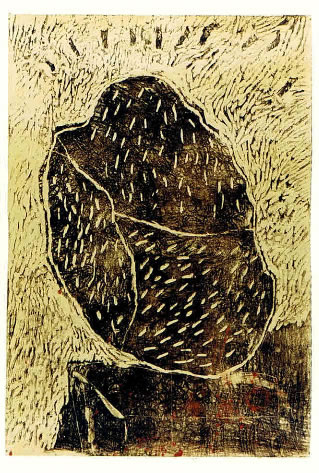
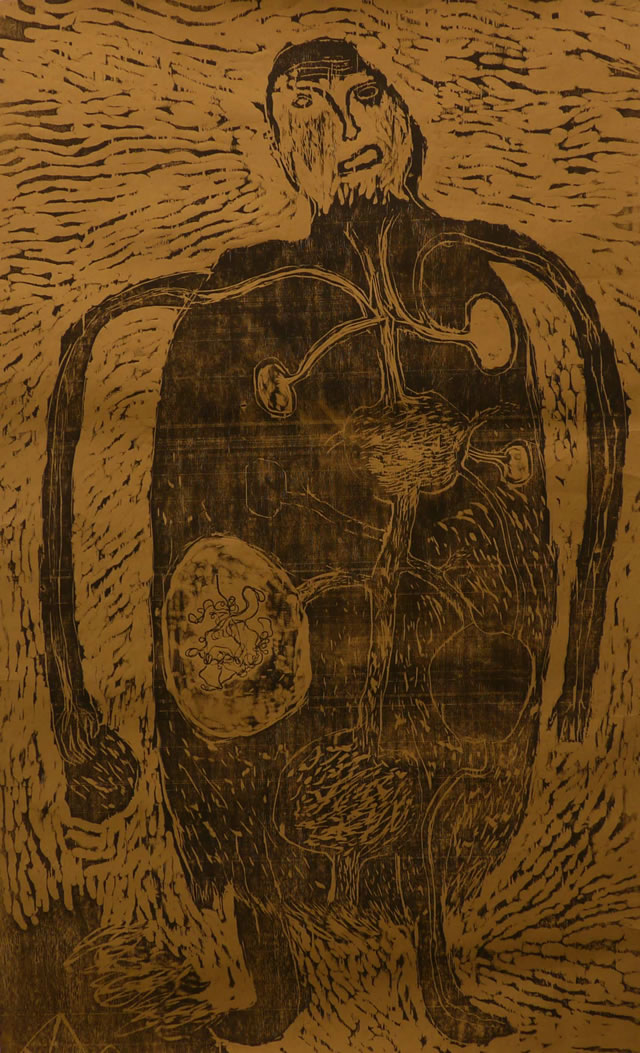
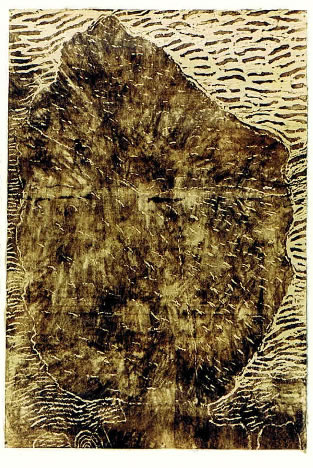
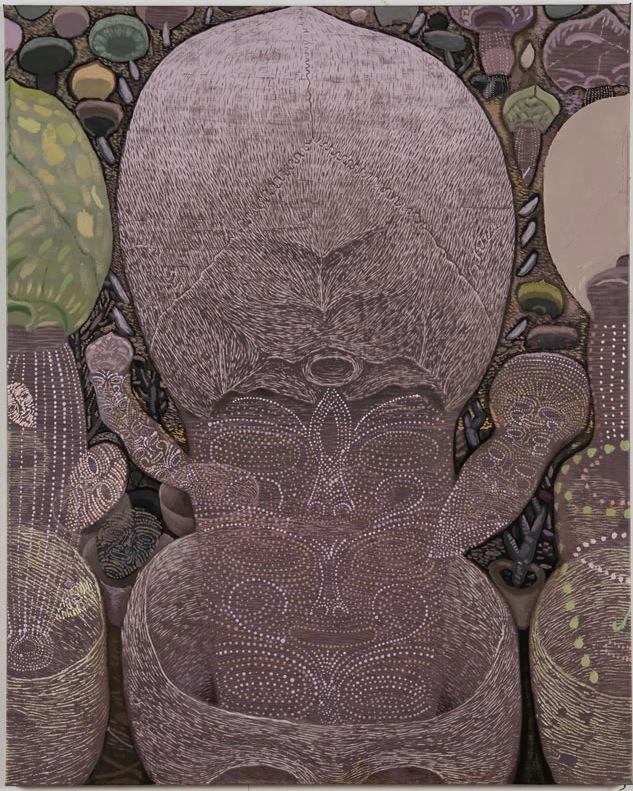
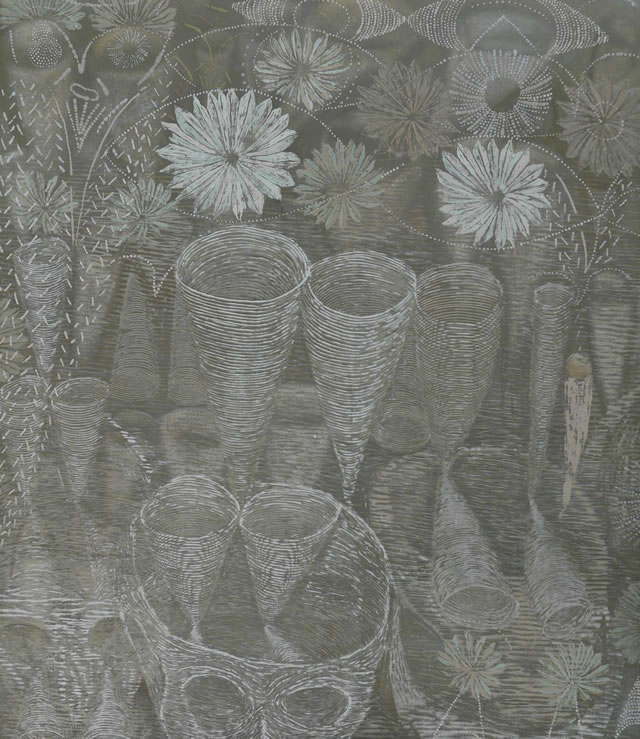
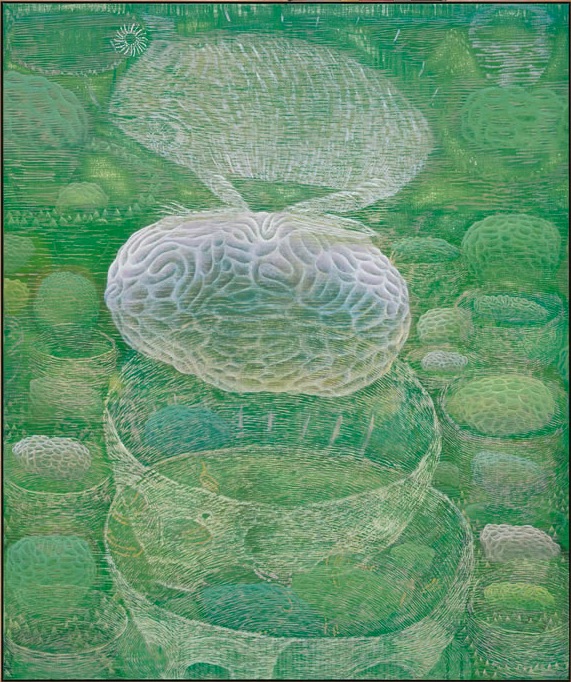
Each stage in the process of cutting and printing is a very different undertaking that requires intense physical involvement. This is useful in disengaging my attention from the more mentally demanding creative decisions that can sometimes frustrate me. The woodcut imagery is born out of everything that is not image, like splinters and a sore back.
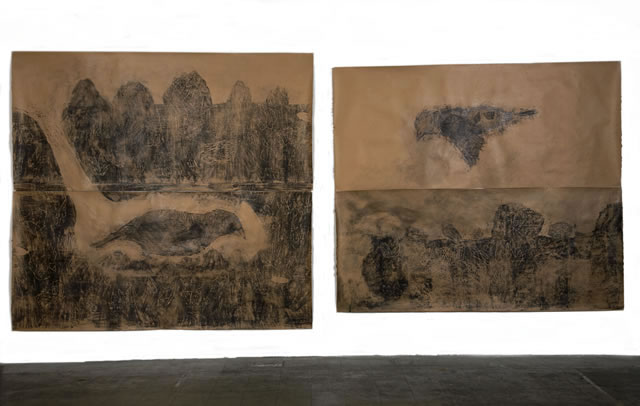
I have made monoprint marks within series of drawings, as well as in oil paint upon larger works on canvas. On some smaller works, I worked over my own reflection in a mirror to produce marks that were then printed onto paper, as if transferring a direct impression of myself.
On many oil paintings, I have imposed marks that were drawn on mylar with oil paint applied with syringes to achieve the sudden arrival of a layer of information. This helps me break up the painting process with different ways of thinking and introduces unexpected challenges to respond to. There is also an aspect of finality to this procedure that can be satisfying.
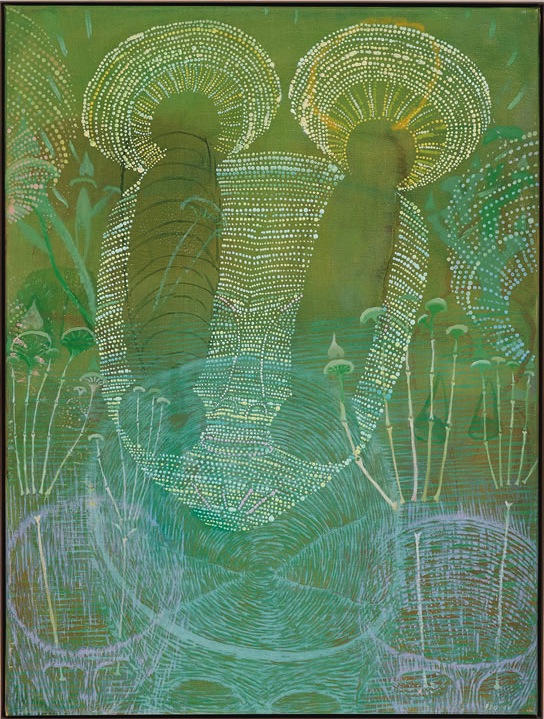
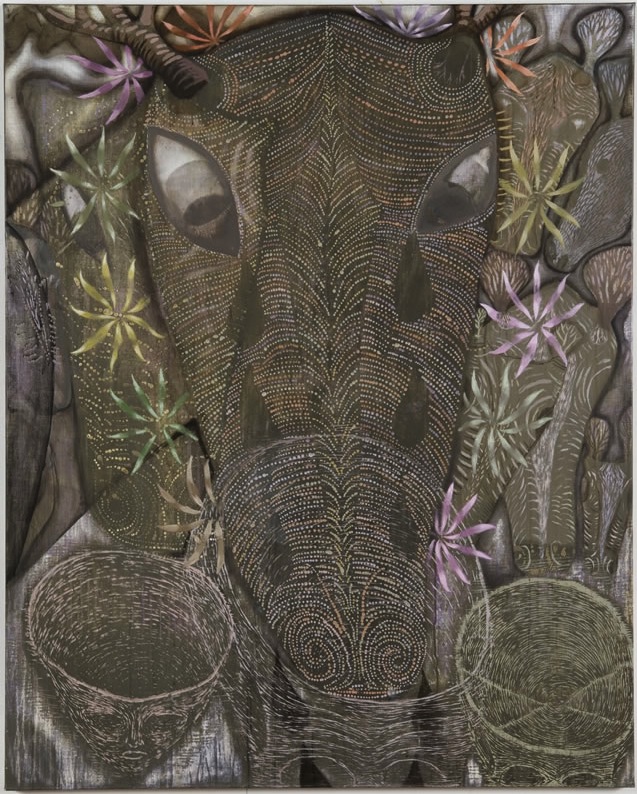
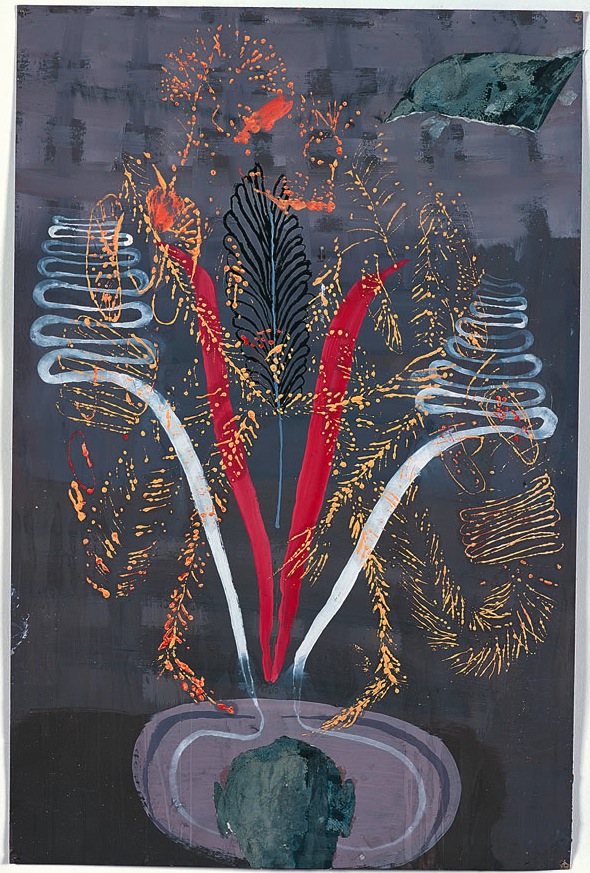
On a smaller scale, I have printed and editioned series of multi-coloured woodcuts, copperplate etchings and photopolymer printing plates from a separate workspace within my studio.
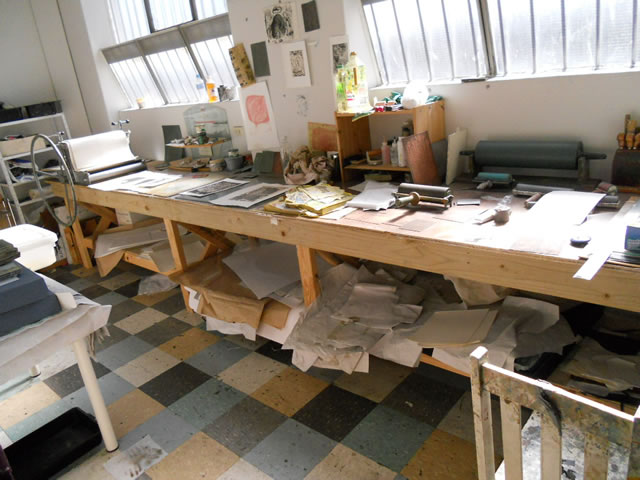
The photopolymer printing plates are a relatively new technology that require the overlay of prepared imagery on transparent materials and subsequent exposure to UV light. The plates are etched in water, allowing for immediate results. I have been experimenting with this medium since 2008, sometimes utilising multiple plates in the development of a single image, inking in separate colours and incorporating both intaglio and relief methods of printing. A variety of these prints are displayed below.
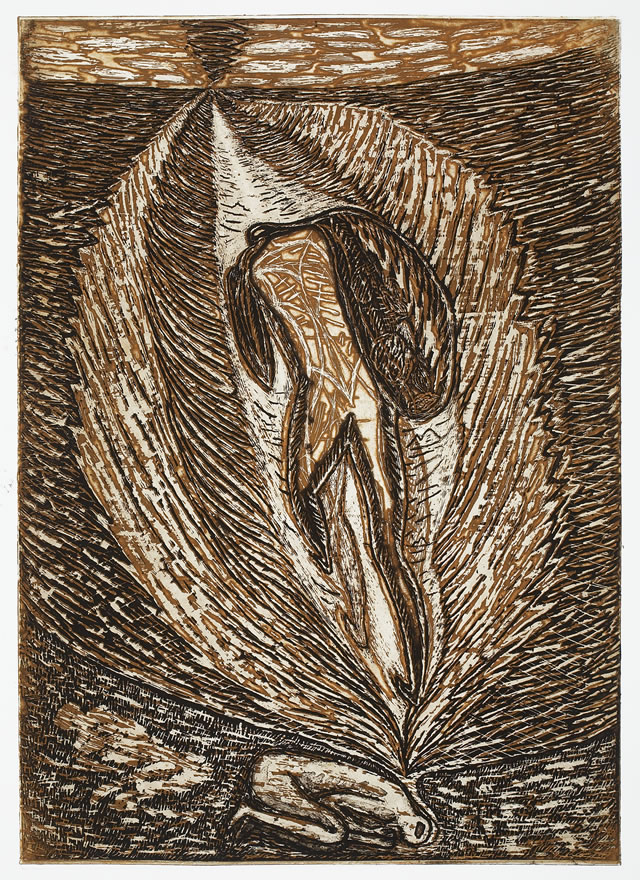
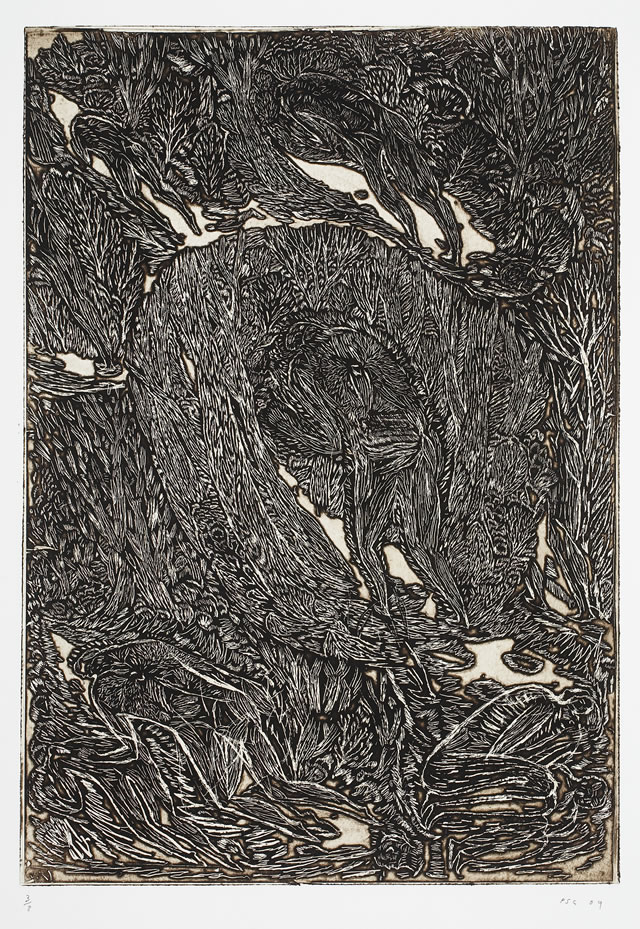
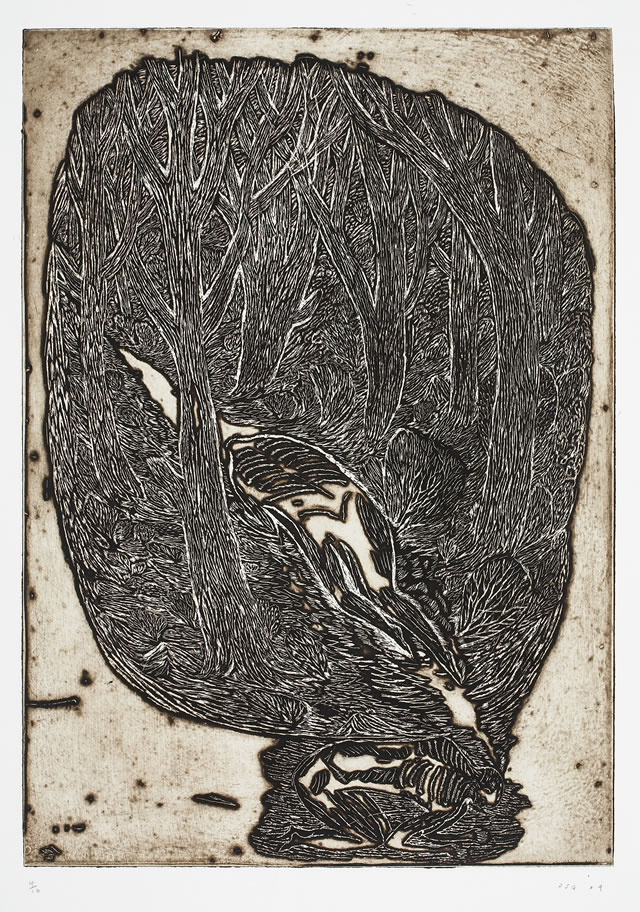
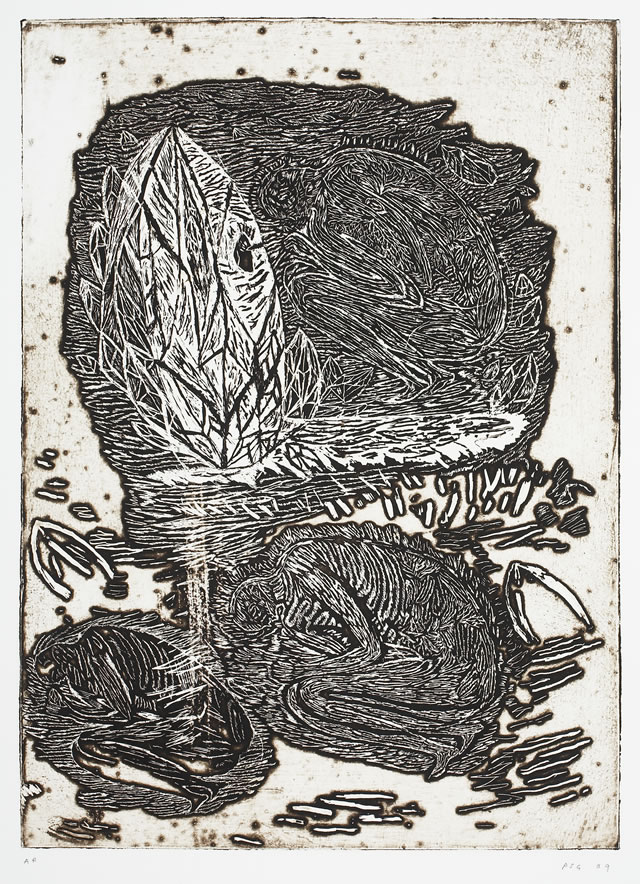
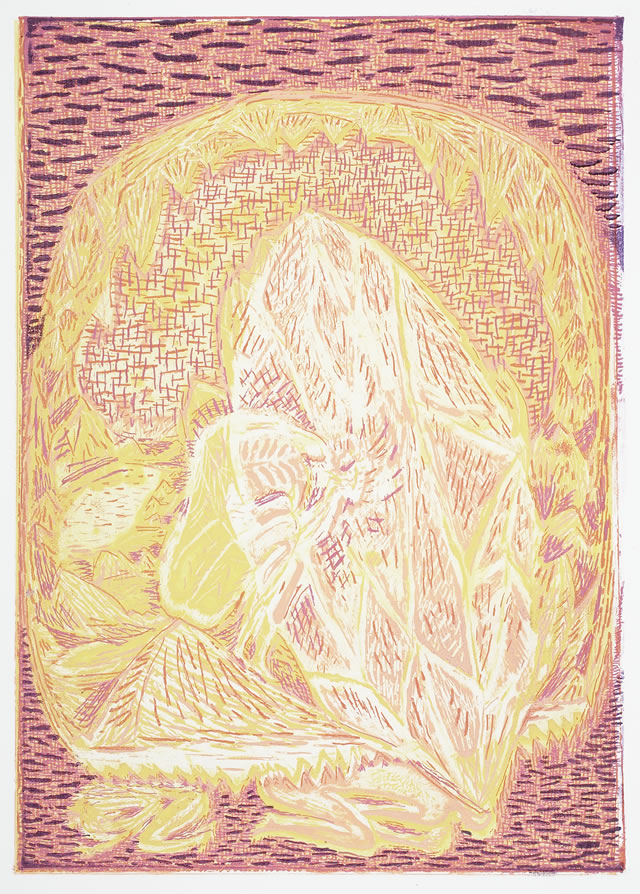
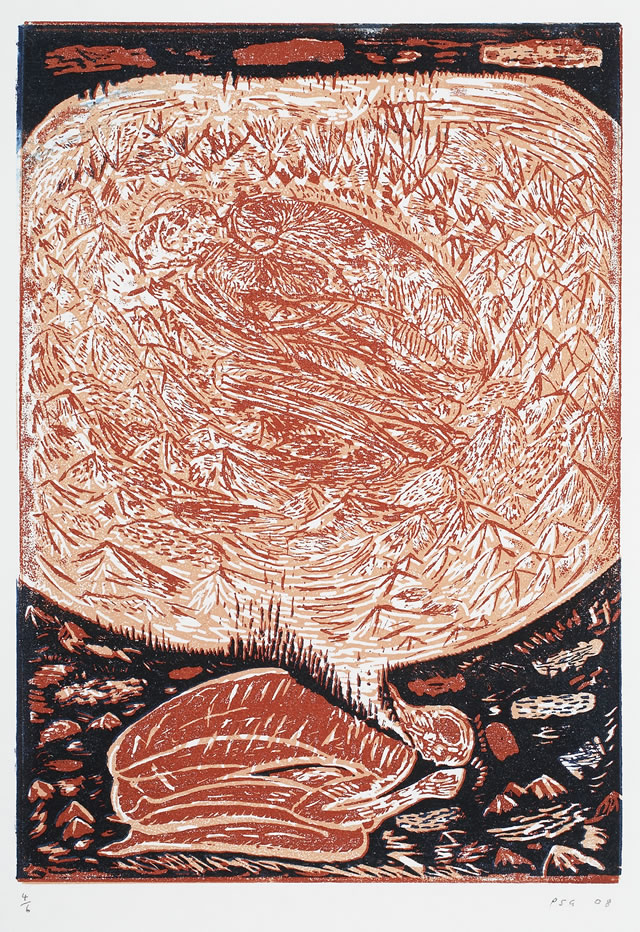
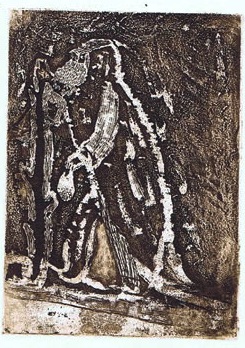
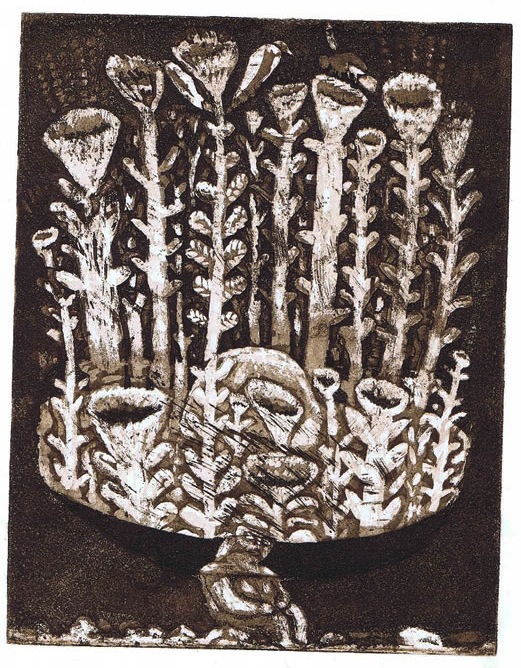
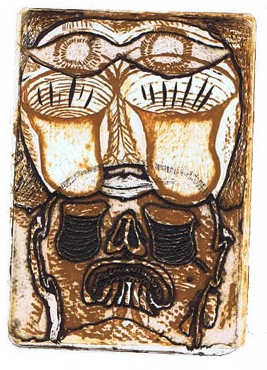
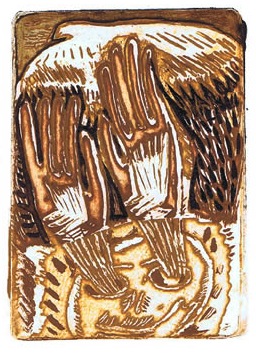
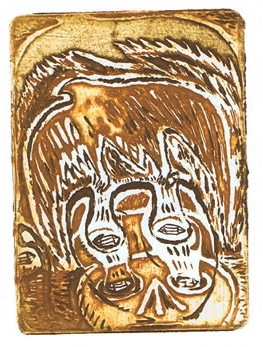

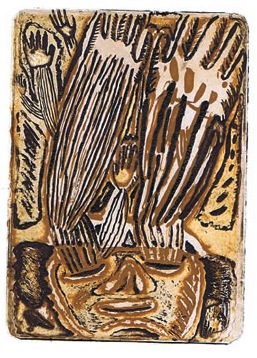
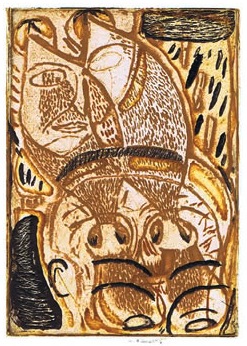
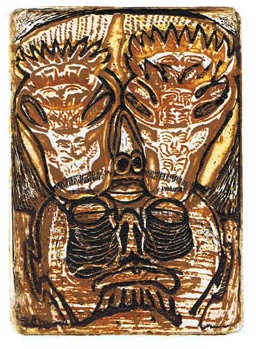
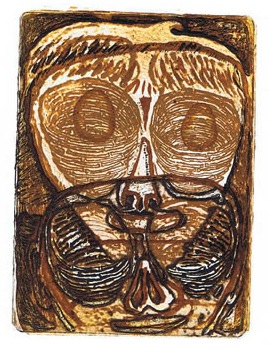
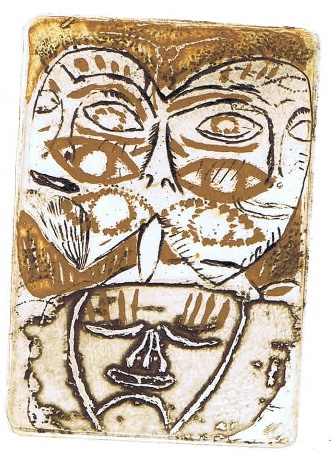
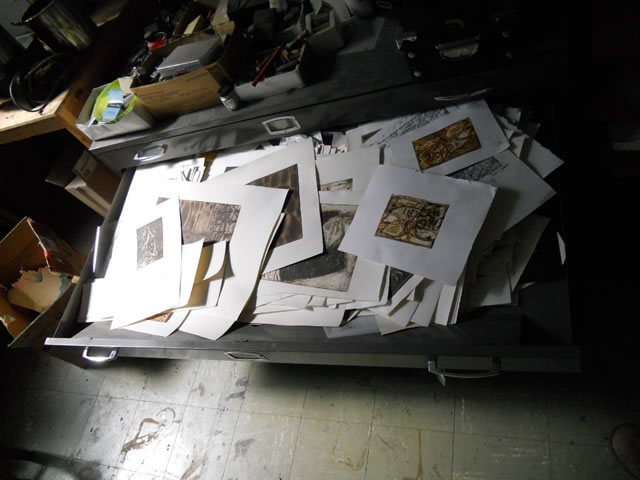
Explore the Processes
2. Collaborative Participation
5. Printmaking (You Are Here)